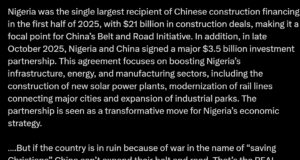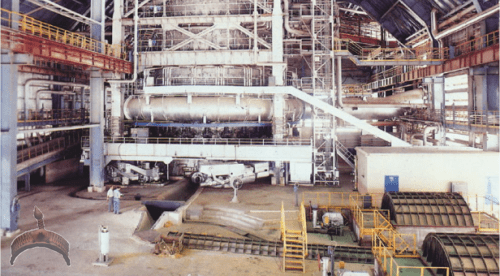Long before the Industrial Revolution and the famous steel mills of Europe, ancient African civilizations were mastering the art of steelmaking with astonishing skill and innovation. Around 2,000 years ago, communities in regions such as present-day Tanzania and Nigeria were producing high-quality steel, a feat that historians once believed was exclusive to Europe much later in history.
One remarkable example is the Haya people of Tanzania, who developed sophisticated furnaces capable of reaching temperatures over 1,800 degrees Celsius—far exceeding what was thought possible in the ancient world. Using a process known as preheating the air supply, they enhanced combustion efficiency, allowing them to produce carbon-rich steel with properties comparable to modern industrial standards.
In Nigeria, the ancient Benin Kingdom crafted exquisite steel weapons and tools that showcased their metallurgical mastery. These artifacts were not only functional but also works of art, symbolizing the deep connection between technology, culture, and craftsmanship.
This advanced steelmaking technology gave African societies a significant edge in agriculture, hunting, and warfare, contributing to the growth and sustainability of powerful kingdoms and trade networks.
Despite these achievements, the contributions of African steelmakers remained largely unrecognized for centuries due to Eurocentric historical narratives. Today, archaeologists and historians are uncovering evidence that challenges these old assumptions, highlighting Africa’s pivotal role in the history of metallurgy.
The story of ancient African steelmaking is not just about technology—it’s a testament to human ingenuity, resilience, and the rich heritage of innovation that thrived long before many other parts of the world caught up.
 Ọmọ Oòduà Naija Gist | News From Nigeria | Entertainment gist Nigeria|Networking|News.. Visit for Nigeria breaking news , Nigerian Movies , Naija music , Jobs In Nigeria , Naija News , Nollywood, Gist and more
Ọmọ Oòduà Naija Gist | News From Nigeria | Entertainment gist Nigeria|Networking|News.. Visit for Nigeria breaking news , Nigerian Movies , Naija music , Jobs In Nigeria , Naija News , Nollywood, Gist and more









